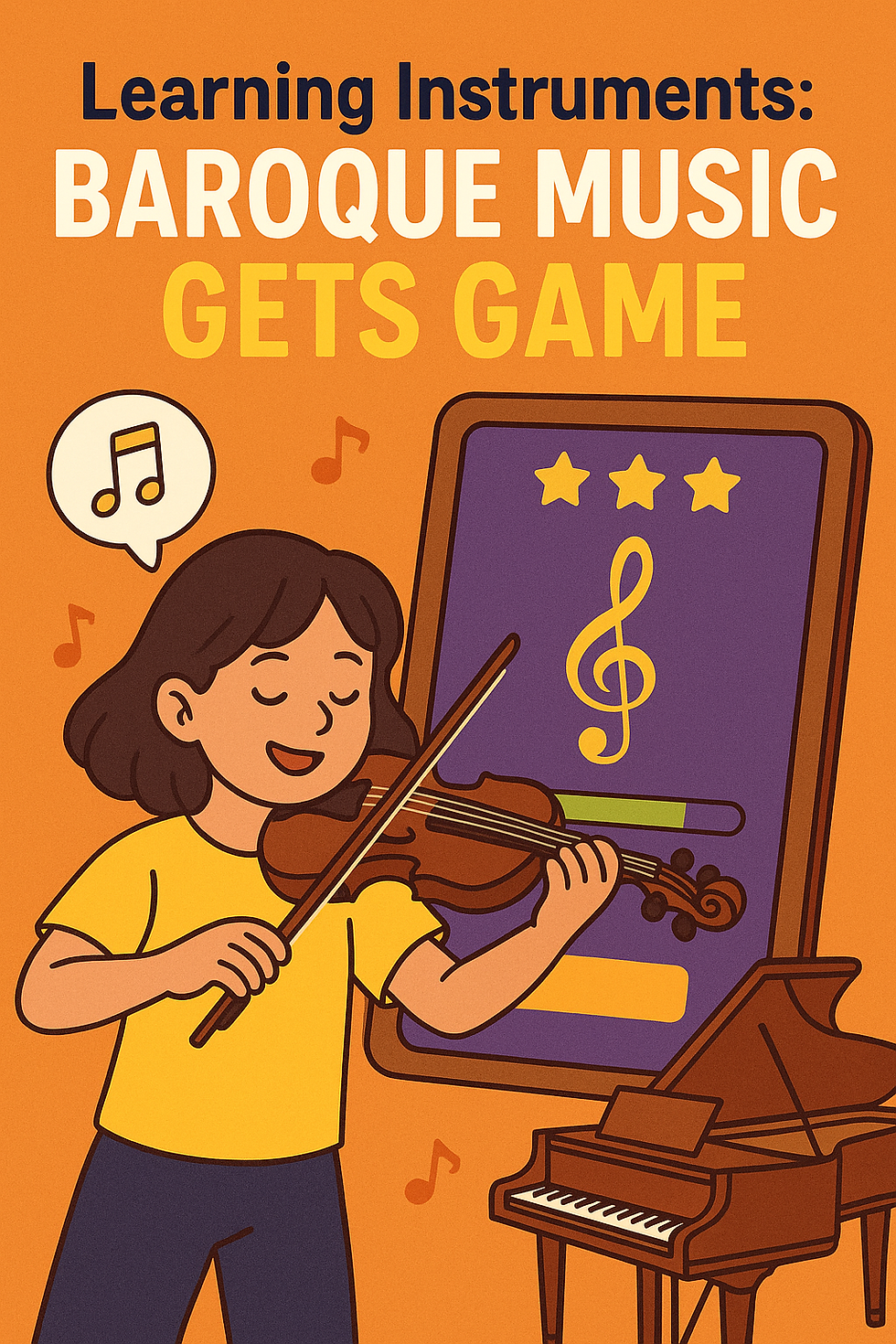The Architect of Your Sound: Why You Need to Build Music, Not Just Absorb It
- Sharanya naidu
- 2 days ago
- 3 min read
Ever wonder how you really learn music? It's not just about passively soaking up notes and theory. For modern music learners, two powerful ideas are shaping how we teach and study music: Constructivism and Collaborative Learning. Let's dive into how these concepts can revolutionize your musical journey!

What is Constructivism in Music? 🤔
Simply put, Constructivism is the idea that learners actively build their own knowledge and understanding. Instead of the teacher simply filling an empty 'musical vessel' (your mind) with facts, you are the architect of your own musical comprehension.
How It Works:
Active Exploration: You don't just read about harmony; you experiment with chords on a keyboard or guitar to hear how they sound and feel.
Connecting the Dots: You link a new musical concept (like syncopation) to music you already know and love (like a favorite jazz or pop song).
Problem-Solving: If a melody doesn't sound right, you don't wait for the teacher to fix it; you try different rhythms, intervals, or harmonies until you solve the 'musical puzzle.'
Key takeaway: In a constructivist music class, the focus shifts from what the teacher presents to what the student experiences and creates.
The Power of Collaboration: Learning Together 🧑🤝🧑
If constructivism is about how you learn, Collaborative Learning is about who you learn with. This involves working in small groups to achieve a shared musical goal.
Collaboration is More Than Just Playing in an Ensemble:
Peer Teaching: When you explain a challenging rhythm to a bandmate or help a classmate understand a difficult musical phrase, you solidify your own understanding in a powerful way. Teaching is the ultimate test of knowledge!
Group Creativity: Composing a short piece, arranging a song, or even analyzing a complex score with a group allows you to benefit from diverse perspectives and strengths. Two (or three, or four!) musical minds are better than one.
Developing 'Soft Skills': Collaboration in music forces you to practice communication, compromise, active listening, and leadership—skills that are vital for any working musician.
Bringing It All Together: A Constructivist-Collaborative Music Studio 🎹
When these two ideas merge, the music learning environment becomes dynamic, engaging, and deeply effective.
Activity | Constructivist Element | Collaborative Element |
Arranging a Pop Song | You decide on the instruments, key, and style, actively building the arrangement. | You divide roles (bassline, drums, melody, harmony) and provide feedback to peers. |
Rhythm Exploration | You experiment with various rhythmic patterns on percussion instruments. | A group of four creates a complex, interlocking polyrhythm together. |
Music History Project | You choose a composer or genre and discover how their work relates to modern music. | The group debates the composer's influence, challenging and supporting each other's views. |
Your Call to Action: Become an Active Music Builder! 🚀
Don't just be a consumer of music education—be a producer of musical knowledge!
Ask "Why?": Don't just accept a rule; try to figure out why it works in music.
Jam and Discuss: Seek out opportunities to play with others, and take time after playing to discuss what worked, what didn't, and why.
Be a Peer Mentor: Offer to help a fellow learner. The act of explaining will be the best lesson you get all day.
Embrace constructivism and collaboration, and you'll find that your musical understanding becomes deeper, more personal, and far more enjoyable!



Comments